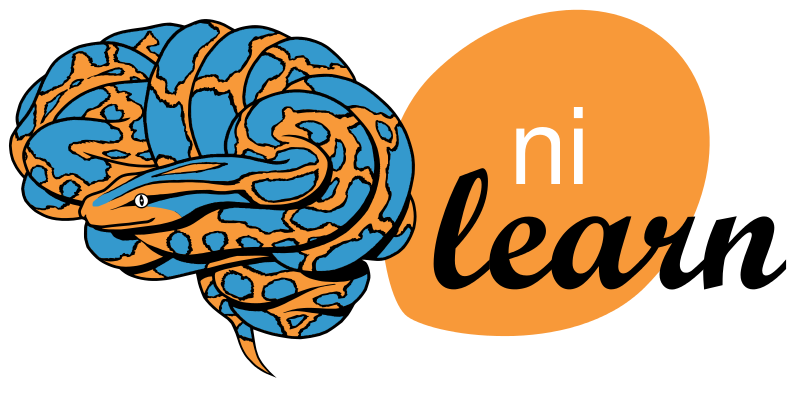Note
This page is a reference documentation. It only explains the class signature, and not how to use it. Please refer to the user guide for the big picture.
8.12.4. nilearn.glm.ARModel¶
- class
nilearn.glm.ARModel(design, rho)¶ A regression model with an AR(p) covariance structure.
In terms of a LikelihoodModel, the parameters are beta, the usual regression parameters, and sigma, a scalar nuisance parameter that shows up as multiplier in front of the AR(p) covariance.
__init__(design, rho)¶Initialize AR model instance
Parameters: design : ndarray
2D array with design matrix
rho : int or array-like
If int, gives order of model, and initializes rho to zeros. If ndarray, gives initial estimate of rho. Be careful as
ARModel(X, 1) != ARModel(X, 1.0).
df_resid()¶
fit(Y)¶Fit model to data Y
Full fit of the model including estimate of covariance matrix, (whitened) residuals and scale.
Parameters: Y : array-like
The dependent variable for the Least Squares problem.
Returns: fit : RegressionResults
initialize(design)¶
logL(beta, Y, nuisance=None)¶Returns the value of the loglikelihood function at beta.
Given the whitened design matrix, the loglikelihood is evaluated at the parameter vector, beta, for the dependent variable, Y and the nuisance parameter, sigma.
Parameters: beta : ndarray
The parameter estimates. Must be of length df_model.
Y : ndarray
The dependent variable
nuisance : dict, optional
A dict with key ‘sigma’, which is an optional estimate of sigma. If None, defaults to its maximum likelihood estimate (with beta fixed) as
sum((Y - X*beta)**2) / n, where n=Y.shape[0], X=self.design.Returns: loglf : float
The value of the loglikelihood function.
Notes
The log-Likelihood Function is defined as

The parameter
 above is what is sometimes referred to as a nuisance parameter. That is, the likelihood is considered as a function of
above is what is sometimes referred to as a nuisance parameter. That is, the likelihood is considered as a function of  , but to evaluate it, a value of
, but to evaluate it, a value of  is needed.
is needed.If
 is not provided, then its maximum likelihood estimate:
is not provided, then its maximum likelihood estimate:
is plugged in. This likelihood is now a function of only
 and is technically referred to as a profile-likelihood.
and is technically referred to as a profile-likelihood.References
- Green. “Econometric Analysis,” 5th ed., Pearson, 2003.
wdesign()¶
whiten(X)¶Whiten a series of columns according to AR(p) covariance structure
Parameters: X : array-like of shape (n_features)
array to whiten
Returns: whitened_X : ndarray
X whitened with order self.order AR
